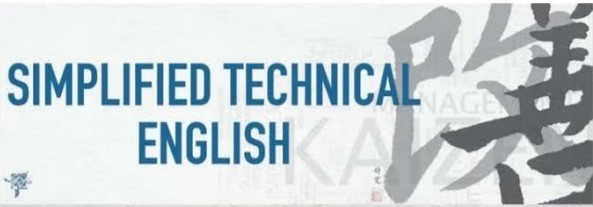Simplified English and Concise Language
In technical writing, it is essential to use language that is clear, concise, and easy to understand. This not only helps readers comprehend the information quickly but also reduces the room for error and improves safety. In this article, we will discuss two essential factors for effective technical writing: the use of Simplified English and Concise Language.
Simplified English

When technical product information is available in multiple languages, it is assumed that the original version in American English will often be used by users who do not have English as their first language. To make it easier for these users, Simplified English is used, which is a well-defined subset of American English adapted for the technology area and according to the “house style.” The use of Simplified English offers several benefits:
- Reduces uncertainty by ensuring one term has one definition.
- Improves reading speed and understanding.
- Makes translation cheaper, easier, and allows automated translations.
- Increases safety by limiting the room for error, which means less legal liability.
- Makes writing more efficient by allowing writers to write less and more quickly with greater precision.
Concise Language

In technical writing, using concise language is crucial to create useful information that is clearly understood by readers. Wordiness and redundancy can confuse readers and reduce their interest in the content. Here are some guidelines for using concise language:
- Write simple and self-explanatory sentences.
- Use short, simple words and avoid overly technical words or jargon.
- Limit introductory texts.
- Explain the recommended path for performing action.
- Write relevant task information in the form of instructions.
- Include notes wherever necessary to help users correct their mistakes.
- Avoid using prepositional phrases, adverbs, unnecessary adjectives, intensifiers, and words that indicate assumptions.
- Avoid redundant words and phrases, pairs, categories, and modifiers, and obvious implications.
Tips to Avoid Wordiness
- Use simple and self-explanatory sentences
- Keep sentences short and easy to understand
- Use short and simple words, avoiding overly technical words or jargon
- Limit introductory texts
- Explain the recommended path for performing actions
- Write relevant task information in the form of instructions
- Include notes to help users correct their mistakes
- Avoid using prepositional phrases
- Use adverbs only when necessary
- Avoid unnecessary adjectives and intensifiers like “just,” “clearly,” “really,” or “very”
- Avoid using words that indicate assumptions such as “generally,” “sometimes,” “usually,” or “frequently”
Tips to Avoid Redundancy
- Avoid repeating words and phrases
- Eliminate redundant pairs, categories, and modifiers
- Avoid stating obvious implications
By following these guidelines for Simplified English, Concise Language, and avoiding wordiness and redundancy, technical writers can ensure that their information is clear, easy to understand, and useful for their intended audience.


